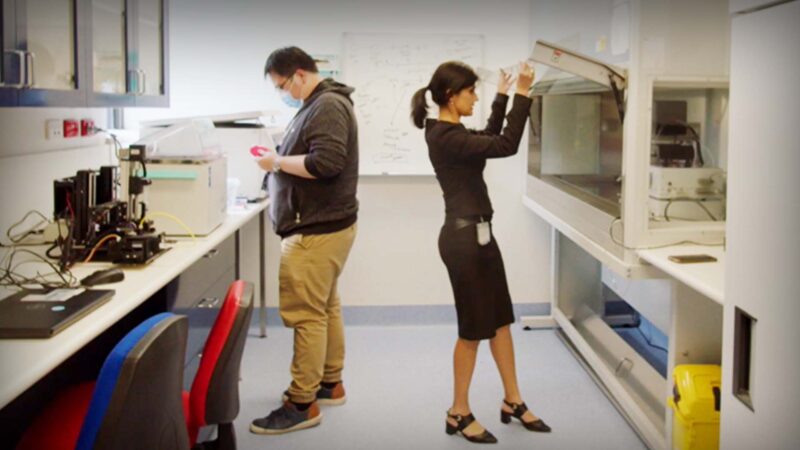POPULATION SCREENING FOR CHRONIC DISEASE MAXIMISING BENEFITS, MINIMISING HARMS Public Health Association of Australia (PHAA) hold conference on current and future advances in population screening
With
Adjunct Professor Terry Slevin, Chief Executive Officer
Public Health Association of Australia
Australian Health Journal Segment
Filmed in Sydney | March 2025
Population screening is an important contributor to advancing health outcomes through the early detection of and successful intervention for chronic disease. The evolution of science, technology and evidence relating to diseases which are or may be amenable to a population screening approach deserve broad discussion and the sharing of expertise and evidence. They also warrant close scrutiny in context of health policy and health resource allocation considerations.
There are established (and proposed) screening programs relevant to a range of diseases, notably breast, cervix, bowel cancer, and more recently for skin and lung cancer screening. There are a number of other chronic diseases where as new technologies are emerging and evidence is being gathered to support organised screening, (including but not limited to diabetes, CKD, MAFLD as well as cardiovascular and other risk assessment for primary prevention in general practice.
Population-based criteria for screening, based on WHO criteria and the Australian Population Based Screening Framework, aim to ensure that the benefits of screening outweigh and minimise any potential harms. These criteria are well understood by those involved in established screening programs and advocates for emerging screening programs are keen to learn from past experience how to compile evidence, design, implement and monitor programs, as well as ensure equitable participation. Similarly, there is much to learn from emerging programs and new technologies for those involved in established programs where adopting advances in evidence and technology can be challenging and perceived as slower.
In March, Public Health Association of Australia (PHAA) convened Screening Conference Conference 2025 with the theme of ‘Population Screening for Chronic Disease – Maximising Benefits, Minimising Harms’.
The conference provided opportunities for attendees to exchange information on population screening and learn from each other’s experience, across a range of disciplines. Those in attendance and presenting came from research, society, Government, program delivery, policy, consumers and clinicians.
Source: Adapted from Screening 2025 Conference website (PHAA operated)
You Might also like
-
Surgeon-scientist path laid for medical device research
In 2022, Distinguished Professor Gordon Wallace AO and Professor Mukherjee jointly established Beyond Science as a clinician led, academically supported and clinician run Australian-first medical technology translation program.
The program is aimed at early career researchers and clinician-scientists working in medical device research specifically in otolaryngology (ear, nose, and throat), head and neck surgery.
-
Prioritising Oral Health in Aged Care and Disability Support
Leonie Short is a Dental Practitioner and Dental Therapist. She started working as a dental therapist in Rural NSW and then moved into being an academic and researcher. Through her career, Leonie has worked at 6 universities across New South Wales and Queensland, and remaining community focused.
Leonie’s mission is to have improved oral health experiences and outcomes, however she recognises, the health system really needs to work hard to make it happen and for people to understand why it needs to be a priority.
-
Strategic research investments for health and prosperity
The CEO of Research Australia, Nadia Levin spoke with Australian Health Journal about the following:
– Current medical research and development landscape in Australia
– Investment required to support the Health and Medical Research and Innovation pipeline
– The National Medical Products Industry Plan and its impact on the Australian economy
– The Health and Medical Research WorkforceIn the lead up to the Australian Federal Budget in May 2023, Australian Health Journal reached out to peak health industry bodies to hear about their priorities, either noted in pre-budget submissions lodged with Federal Government in January 2023 or in recent forums such as the Strengthening Medicare Taskforce.



